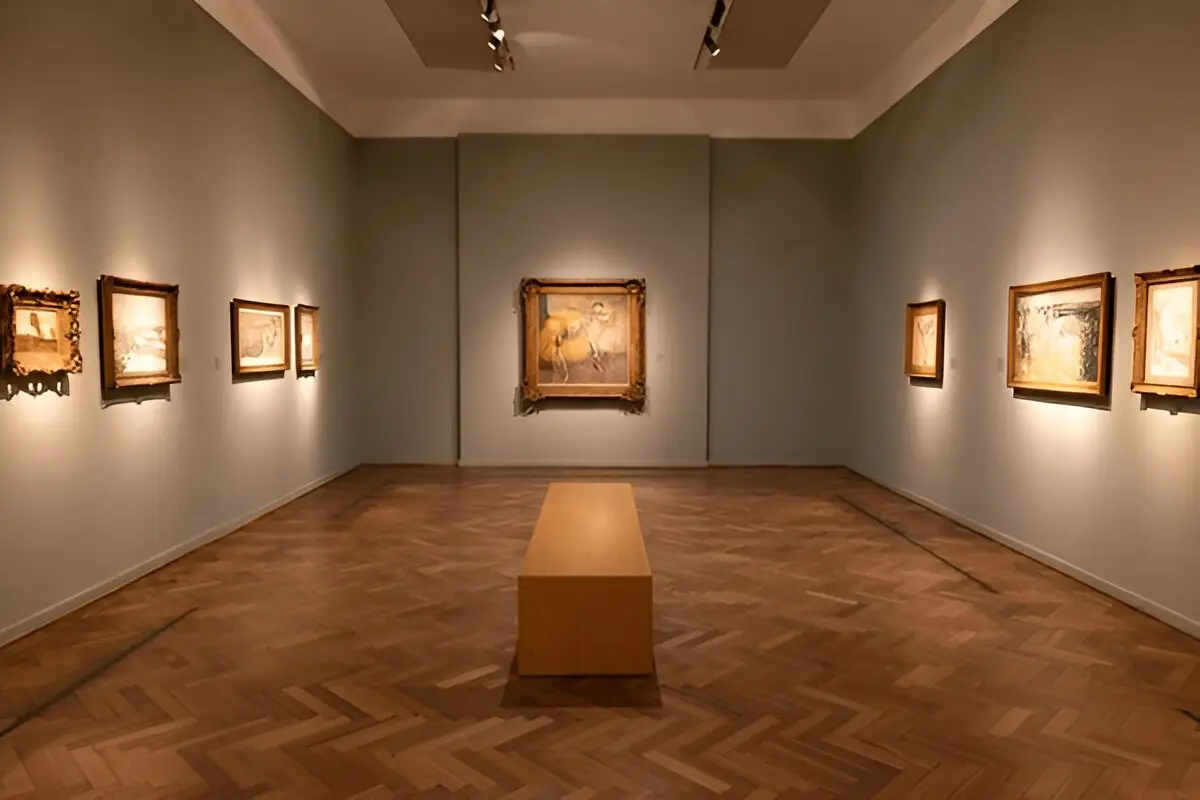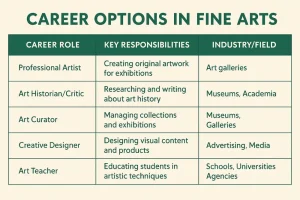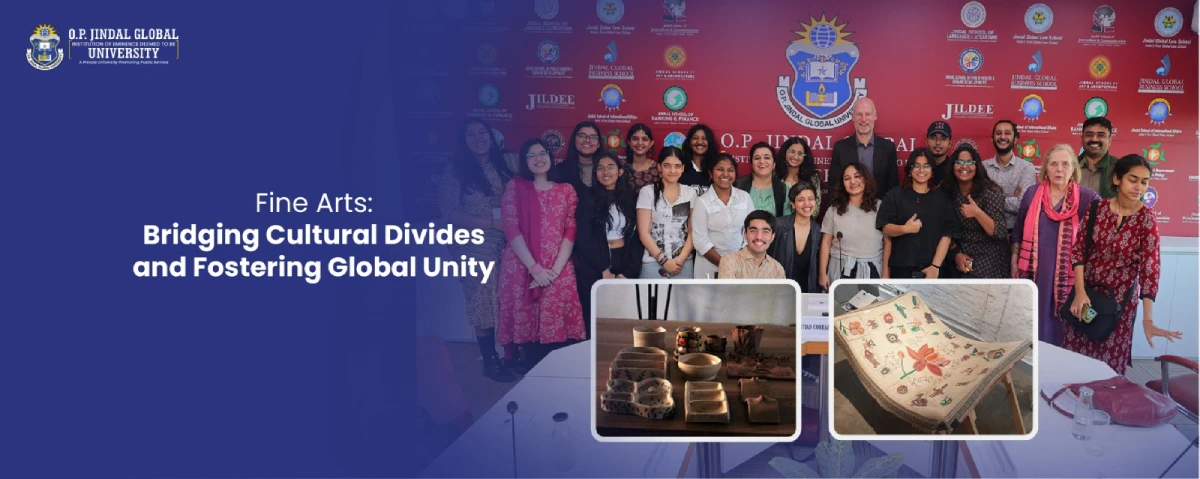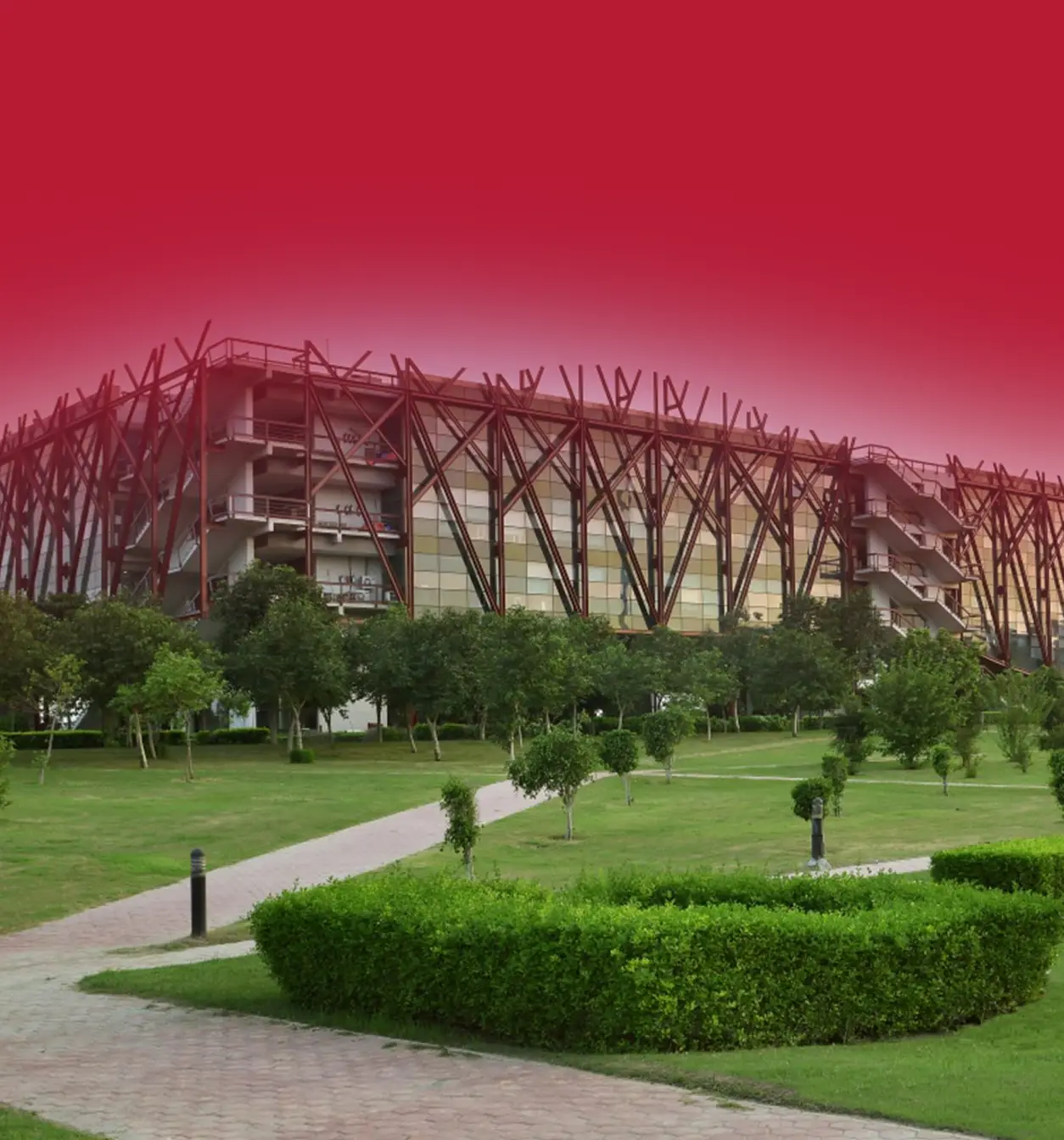Introduction
There is a lot of truth and reality hidden in the statement by the infamous figure in modern art, Pablo Picasso, “Every child is an artist. The problem is how to remain an artist when we grow up.” And those who do manage to preserve their artistic skills and want to make a career as an artist have a few avenues, such as professional courses, to rely upon to work for the success they deserve. Fine Arts Career demands dedication and determination to finish the course and be vigilant for the opportunities that come by.
Having a natural artistic talent is a blessing, but it takes years of training, honing your skills, and perfecting your craft to reach a level of mastery that gives your professional career the boost it requires. With proper guidance and motivation, your artistic pursuit can pay off when you have the craft and the confidence to put it out to an audience that connects to your style. In today’s world, it is important to present your art as marketable. Building an early portfolio or a follower count can often help many careers to start off.
How To Improve Your Artistic Skills?
Art is said to be many things, but it is also believed to be one of the strongest tools of self-expression. As a tool for expression, art has been linked to the psychological well-being of children in academia. Having said that, Fine Arts as a career option is a valuable opportunity for aspirational artists to be led methodically in the right direction.
Art is not just a manifestation and demands practice and regular dabbling in artistic ideas to polish your skills and create something distinct — a personal signature or style of sorts. In a Bachelor of Fine Arts (Hons.) course programme, the training focuses on using your innate talents and improving your technical and visual skills.
Professional artists and professors of art teach students with the hope of one day seeing them become as successful as they are. Shaping ideas through imagery or sculpting, understanding the use of colours, and developing knowledge of different materials used in creating visual art are some of the most interesting aspects the course sheds light upon. A degree in Fine Arts from the Jindal School of Liberal Arts and Humanities provides certification as an artist and opens opportunities for creating art professionally, managing artists, teaching others, or pursuing other careers related to your love for art.
Fine Arts Career & Professionalism: How To Do It Right?
There is a popular misconception that artists and their artistry may not provide good career prospects, but there are plenty of exceptions to this belief. A passionate individual with sheer artistic talent should pursue a career in Fine Arts, nurturing their skills and mastering their craft to find a place in the art industry and fulfil their dreams.
| Career Role | Key Responsibilities | Industry/Field |
| Professional Artist | Creating original artwork for exhibitions | Art galleries, Commissions |
| Art Historian/Critic | Researching and writing about art history | Museums, Academia |
| Art Curator | Managing collections and exhibitions | Museums, Galleries |
| Creative Designer | Designing visual content and products | Advertising, Media |
| Set Designer | Creating stage or film set concepts | Theatre, Film Industry |
| Art Teacher | Educating students in artistic techniques | Schools, Universities |
| Art Manager | Handling art events and artist management | Art Institutions, Agencies |
The Bachelor of Fine Arts (Hons.) course not only enhances their skillset but also shapes a relevant perception of the world of art. Beyond becoming an artist, students can explore other professional roles such as art connoisseurs, art historians, creative designers, theatre and film set designers, assistants, and managers. The scope in the field of art is wide. It is about learning what you are best at.
FAQ
1. What academic courses do I pursue for a career in Fine Arts?
Ans: The Bachelor of Fine Arts (Hons.) programme by Jindal School of Liberal Arts and Humanities is one opportunity for Fine Arts aspirants to formally get trained and have a valuable certificate that speaks of their merit. Your skills in visual art will be tested, challenged, and improved through sheer practice while your knowledge of the tools and tactics is sharpened according to your interests.
2. Does a degree in Bachelor of Fine Arts (Hons.) ensure a successful artistic career?
Ans: Career opportunities in the Fine Arts range from painters and sculptors to designers, teachers, curators, and even photographers. Art can be experienced in every facet of life, and these courses strengthen this view by empowering artists to try out new avenues of professionally collaborating in the art space.
3. What are the eligibility criteria for taking admission at Jindal School of Liberal Arts and Humanities for a Bachelor of Fine Arts (Hons.)?
Ans: For starters, every student must clear their 10+2 examinations or Boards to be eligible to apply for the Bachelor of Fine Arts (Hons.) course. At JSLH, the selection programme for the Bachelor of Fine Arts (Hons.) course is divided into three rounds. The applicants have to give an interview, provide a personal statement, sit for an aptitude test, or take the JAAT and score 55% among other things to get admission to the university.
4. What is the programme structure for the Bachelor of Fine Arts (Hons.) course at Jindal School of Liberal Arts and Humanities?
Ans: Jindal School of Liberal Arts and Humanities focuses on visual art and immersing its students in the experience through a number of interactive lessons. Over the 4-year course period, the students at JSLH gain critical knowledge in different subjects such as 2D & 3D models, paint, ceramics, printmaking, history of art, digital art, video and sound, art theory, sculpture, carpentry, management, marketing, performance art, and many other things.
5. How does the Jindal School of Liberal Arts and Humanities help your artistic growth?
Ans: A career in Fine Arts needs to be well-guided and structured for emerging artists to understand the need for professionalism and find success. These courses are meant to enable their artistic abilities with knowledge and technique, and help their artistic growth to take it to professional levels in the future. At Jindal School of Liberal Arts and Humanities, every student is encouraged and appreciated to pursue their dreams and help them make a professional space in the world of art.







